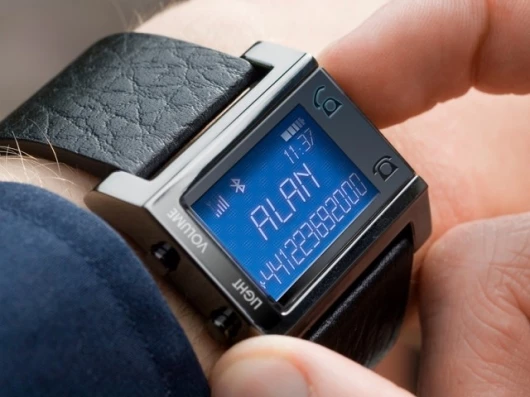April 15, 2008 CSR has given the first public demonstration of its Ultra Low Power (ULP) Bluetooth silicon at the Continua Health Alliance medical conference in Luxembourg. The demonstrations showed that CSR’s ULP Bluetooth silicon consumes 10 times less power than standard Bluetooth when connectable.
CSR’s ULP Bluetooth demonstrations consisted of two ICs successfully transferring ULP Bluetooth data packets 50-times faster than standard Bluetooth, meaning that the devices were consuming as little as 1/50th of the power. In addition, in establishing the connection, the ULP devices used 1/10th the power required by standard Bluetooth. CSR’s demonstration ICs employed both standard Bluetooth (v.2.1) and ULP Bluetooth radios (CSR calls these devices ‘dual-mode’ because they support both types of Bluetooth radio).
ULP Bluetooth, which was previously known as Wibree, is a complementary Bluetooth technology that can be used to transfer simple data sets between compact devices and can run for up to ten years on one button cell battery. The technology has very low overheads, which makes it much faster to connect devices which results in much less power being consumed. End products based on ULP Bluetooth will therefore have battery standby times measured in years, not just days or weeks.
To connect devices in standard Bluetooth, the master device has to synchronize to a slave device by paging a specific device using up to 32 frequencies, it then issues FHS (frequency hopping spectrum) packets, then it polls the slave, before negotiating connections at both the Link Manager and L2CAP layers – all of this essential connection process takes place before actually sending data. Although this overhead is essential for standard Bluetooth carrying more complex data protocols, it does slow down the connection. When ULP Bluetooth is used the monitor simply ‘advertises’ itself to the control/reader using just three frequencies. It then connects, sends its very short burst of data and then switches off again. This allows ULP Bluetooth to achieve data transfer 50-times faster than standard Bluetooth; less time spent transferring data means the ULP radio spends less time active. For further info visit CSR.





